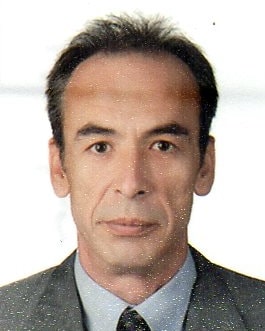 |
Haldun KuramaEskisehir Osmanagzi UniversityComposite Hydrogels And Their Raised Visibility In Markets Torem International Symposium (8th Intl. Symp. on Sustainable Mineral Processing) Back to Plenary Lectures » |
Abstract:In recent years, many nanostructures are gaining more and more acceptance for advanced applications due to their responsiveness to desired properties, workability, self-renewal, environmental compatibility, and low cost. These materials have been found to be more efficient than conventional materials in many cases. Within this group, hydrogels which consisted a polymeric materials are received high interest. The hydrophilic structure of which renders them capable of holding large amounts of water in their three-dimensional networks. Especially in the form of nanocomposite, the addition of inorganic solid nanoparticles (typically in the form of fibers, flakes, spheres or fine particles) into polymer matrix leads to increase in their physical, structural and mechanical properties which made them preferable material. They are able to degrade easily after their service life. Furthermore, apart from typical hydrogel beads, they can able to be produced with properties that allow a significant volume phase change or gel-sol phase transition in response to certain physical and chemical stimuli (temperature, electric and magnetic fields, solvent composition, light intensity, and pressure). These properties make them indispensable alternative materials especially for biomedical applications. In this article, the fundamental concepts, production methods and applications together with kinetics approach was reviewed on the base of composite hydrogel. |
|